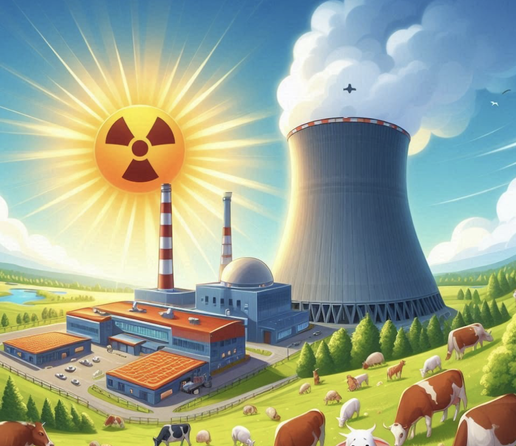Over the last few years, we (Pauline Treble, @michcampbell, Liza McDonough, @unsw and ANSTO) have been establishing a new methodology to obtain records of fire history. It uses cave stalagmites as the archive of past fires, a novel approach for cave science and fire research communities.
Why use cave stalagmites to record fire history? They can contain exceptionally long and continuous annual laminae that allow us to count back in time very precisely. And this allows the precise determination of fire frequency in the past, which is measured using high-resolution geochemical techniques such as laser ablation mass spectrometry and synchrotron elemental mapping.
Next week, Liza, Micha and Pauline present our most recent results at the EGU General Assembly in Vienna. If you are interested, the abstracts are accessible to everyone using the links below.
EGU23-11016
Speleothems as archives for palaeofire proxies by Micheline Campbell et al.
https://meetingorganizer.copernicus.org/EGU23/EGU23-11016.html
EGU23-2932
Hydrological conceptual model for reconstructing fire history from cave stalagmites by Pauline Treble et al.
https://meetingorganizer.copernicus.org/EGU23/EGU23-2932.html
EGU23-10651
An annually resolved stalagmite record of fire frequency for the last 250 years in south west Australia by Liza McDonough et al.
https://meetingorganizer.copernicus.org/EGU23/EGU23-10651.html
#research #academia #science #caves #fire #wildfire #scicomm #environment #geology #UNSW #ANSTO #egu23 @EuroGeosciences
